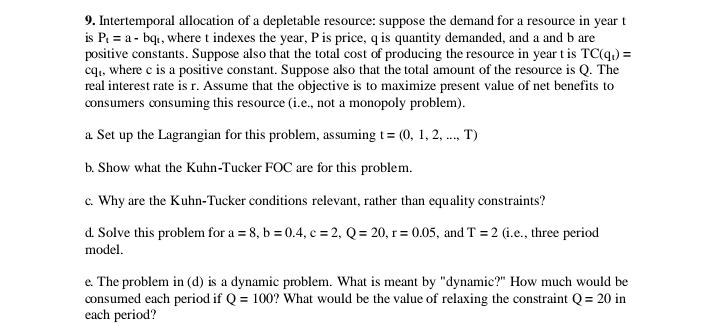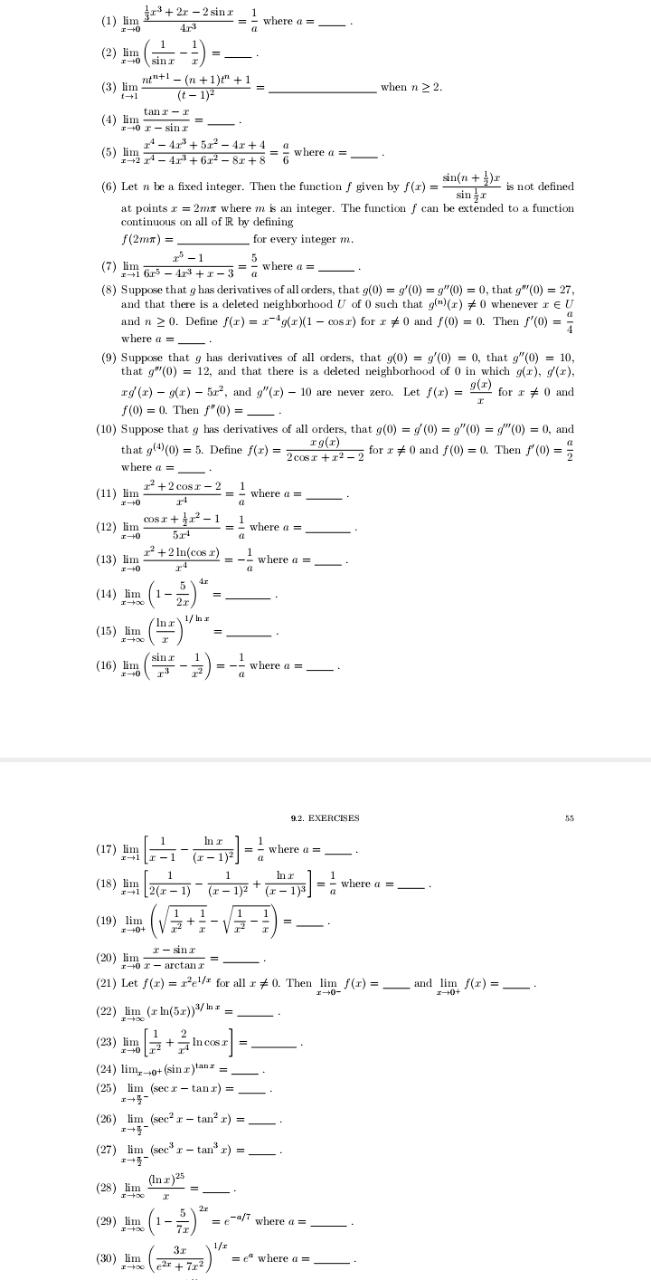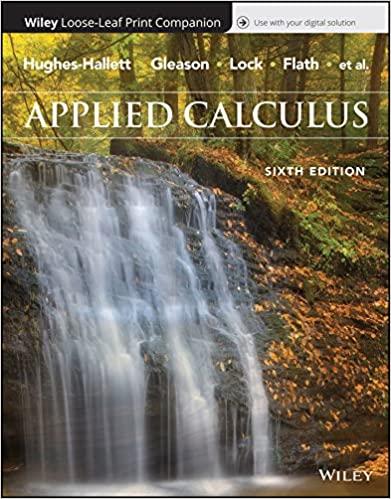






71. Which of the following is/are correct as per the 'theory of random walk'? Select the answer using the code: 1. When there is no way of knowing the next change in the price of financial assets. 2. Investors cannot outperform the market consistently. CODE : (a) Only 1 (b) Only 2 (c) 1 and 2 (d) None of the above37. Select the correct statement about the 'Fisher Effect" : (a) Higher the income one earns, lower part of it he spends on the fulfillment of food. (b) Consumer non-durables are the major drivers of high economic growth in the developed economies driven by the rise of consumerism. (c) The nominal rate of interest on a loan is the sum of the real interest on a loan is the sum of the real interest rate and the rate of inflation expected over the duration of the loan. (d) International trade's volume is directly proportional to the expansion of the multinational Companies away from their home countries.41. Consider a bond market in which only consumers borrow and lend. Assume that all 150 consumers have the same two-period consumption-utility function: U = cicz. Let each of 100 consumers have the expected-income stream y, = 10,000, yz = 8400, and let each of the remaining 50 consumers have the expected-income stream y1 = 8000, yz = 14,000. At what rate of interest will the bond market be in equilibrium?9. Intertemporal allocation of a depletable resource: suppose the demand for a resource in year t is Pi = a - bqt, where t indexes the year, P is price, q is quantity demanded, and a and b are positive constants. Suppose also that the total cost of producing the resource in year t is TC(q)) = cq., where c is a positive constant. Suppose also that the total amount of the resource is Q. The real interest rate is r. Assume that the objective is to maximize present value of net benefits to consumers consuming this resource (i.e., not a monopoly problem). a Set up the Lagrangian for this problem, assuming t = (0, 1, 2, .., T) b. Show what the Kuhn-Tucker FOC are for this problem. c. Why are the Kuhn-Tucker conditions relevant, rather than equality constraints? d. Solve this problem for a = 8, b =0.4, c =2, Q = 20, r = 0.05, and T =2 (i.e., three period model. e. The problem in (d) is a dynamic problem. What is meant by "dynamic?" How much would be consumed each period if Q = 100? What would be the value of relaxing the constraint Q = 20 in each period?127. The compound annual growth of the herbal product's export of India has increased by almost 17 per cent. Select the top four export destinations for the same from the following - (a) UK, USA, Germany, Japan (b) Germany, Vietnam, Sweden, UK (c) France, USA, China, Pakistan (d) USA, Pakistan, Germany, Japan(1) lim jr + 2x - 2sina 1 4r3 where a = (2) lim sin r (3) lim my+ - (m +1) +1 when n 2 2. f-+1 (t - 1)- (4) lim - tan x - r r +0 x - sinr (5) lim r - Ar +5r - 4r+4 - " where a = rip - 4r + 6 -81+8 (6) Let n be a fixed integer. Then the function f given by f() = = sin(n + )= is not defined sin - x at points r = 2mx where i is an integer. The function f can be extended to a function continuous on all of R by defining f (2mm) = for every integer m. (7) lim 1 41605 -43+1-3 - where a =. (8) Suppose that g has derivatives of all orders, that g(0) = g'(0) = g"(0) = 0, that g"(0) = 27, and that there is a deleted neighborhood U of 0 such that g(")(r) * 0 whenever r e U and n 2 0. Define /(x) = r"'g(x)(1 - cosr) for z * 0 and f(0) = 0. Then S'(0) = where a =. (9) Suppose that g has derivatives of all orders, that g(0) = g'(0) = 0, that g"(0) = 10, that g"(0) = 12, and that there is a deleted neighborhood of 0 in which g(r), d(r), ag(x) - o(x) - 5x3, and g"(x) - 10 are never zero. Let f(r) = for a # 0 and f(0) = 0. Then f'(0) =. (10) Suppose that g has derivatives of all orders, that g(0) = / (0) = g"(0) = "(0) = 0, and rg(x) that g(0)(0) = 5. Define f(T) =205 + 72_2 for x # 0 and f(0) = 0. Then f(0) = where a = (11) lim ro + 2 cosm - 2 where a = (12) lim where a = (13) lim r' + 2 In(cos r) where a = 5 (14) lim T-+0c Ina 1/ Ing (15) lim I-to sinr (16) lim -- where a = 9.2. EXERCISES (17) lim 1 (x - 1) where a = Inr (18) lim 2(x - 1) (r- 1)2+ (r - 1)3 - where a =_ (19) lim (VS+: - sing (20) lim = 140 x - arctan r (21) Let f(x) = rel/s for all r # 0. Then lim f(r) = and lim f(x) = _ (22) lim (x In(5x))1/1x= (23) him + Incost =_ (24) lim, to+ (sin r)tanz = (25) lim (seer - tanr) = (26) lim (sec' r - tan' r) = (27) lim (sec' r - tan' r) = (In r ) 25 (28) lim 2F (29) lim =e where a = 71 1/1 (30) lim we where a = or 4 7123. Transitional dynamics in the Ramsey-Cass-Koopmans model. Suppose the planner seeks to maximize the intertemporal utility function Advanced Macroeconomics: Problem Set #1 subject to the sequence of resource constraints Ci + Kiti = F(K, L) + (1 - 5)Kt, given initial Ko > 0. The production function has the Cobb-Douglas form Y = F(K, L) = AKOLI-, 0 0 and the labor force [ > 0 are constant. Let q = C/L, My = Ki/L, yt = Yi/ L etc denote consumption, capital, output etc in per worker units. Suppose that the period utility function is strictly increasing and strictly concave. (a) Derive optimality conditions that characterize the solution to the planner's problem. Give intuition for those optimality conditions. Explain how these optimality conditions pin down the dynamics of c, and hy- (b) Solve for the steady state values c', k', y" in terms of the parameters. How do these steady state values depend on the level of A? (c) Suppose the economy is initially in the steady state you found in (b). Then suddenly there is a permanent increase in productivity from A to A' > A. Use a phase diagram to explain both the short-run and long-run dynamics of a and k, in response to this increase in productivity. Does a, increase or decrease? Explain. Now consider the specific utility function u( c) = log(c). (b) Log-linearize the planner's optimality conditions around the steady-state. Guess that in log- deviations capital satisfies and that consumption satisfies Use the method of undetermined coefficients to determine wu and wa in terms of model pa- rameters. How if at all do these depend on the level of A? Now consider the specific numerical values o = 0.3, 3 = 1/1.05, 6 = 0.05 and A = 1. (c) Calculate the values of wit and ver. Suppose the economy is at steady state when suddenly at 1 = 0 there is a 5% permanent increase in the level of productivity from A = 1 to A' = 1.05. Calculate the transitional dynamics of the economy as it adjusts to its new long run values. In particular, calculate and plot the time-paths of capital, output, and consumption until they have converged to their new steady state levels. (e) How if at all would your answers to parts (b) through (d) change if o was lower, say a = 0.5? Or higher, say o = 2? Give intuition for your answers




















